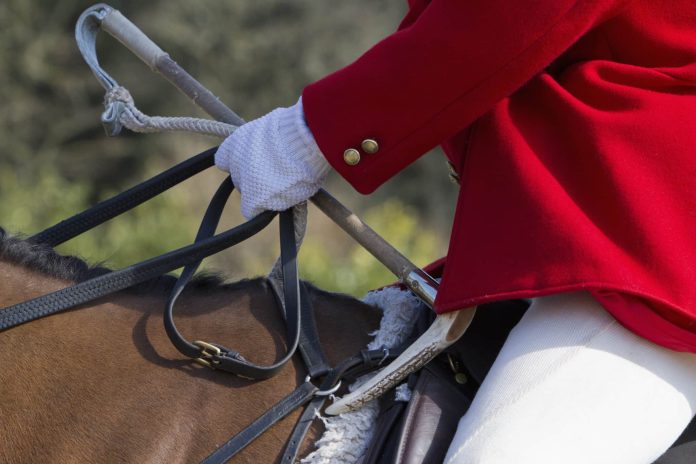Each year, Protect the Wild compiles an annual report of hunt incidents, such as instances of wildlife persecution and trespassing, that hunt saboteurs and monitors record when they attend meets. The organisation’s analysis of the three months leading up to the start of the main foxhunting season, which began late October to early November, found there to be over 330 recorded incidents.
These pre-season figures are a window into the cruelty, chaos, and criminality, that has already occurred. Without change, such as a ban on trail hunting, the figures also foreshadow more of the same to come.
The main foxhunting season begins in late October or early November each year. Ahead of this, hunts engage in so-called “autumn hunting,” which is also known as cubbing. This practice takes place from August to the start of the main season and involves the training of young hounds by hunting and terrorising fox cubs and young hares.
The figures compiled by Protect the Wild cover incidents that occurred during cubbing season across England and Wales. They also cover incidents that took place during meets of staghound packs, as they hunt mature stags across the same period, namely from August to October.
The figures show that across these three months, hunts chased 47 foxes and killed two individuals. Nine hares were also chased, with one killed. There were a further 52 incidents of hunts chasing deer. 13 incidents of hunts killing deer were also reported.
Badger sett interference by hunts, such as sett entrances being blocked, was recorded on 11 occasions.
Other instances of wildlife persecution also occurred across the period. These were a single dig out, whereby hunts dig underground to get at an animal, and 10 incidents of hunts chasing or killing “non-quarry,” meaning animals who are not traditional hunting targets.
In addition to wildlife persecution, many ‘hunt havoc’ incidents happened. These were incidences of traffic offences (50 incidences), road havoc (62 incidences), and trespass (44 incidences). Some of these incidents took place during stag hunts, namely eight traffic offences, six occurrences of trespass, and one road havoc incident.
As is often the case, hunt saboteurs and monitors were subject to physical and verbal attacks from hunts when they attended meets to prevent wildlife persecution and illegal activities. There were 36 such attacks across the period, with all of these being – thankfully – minor. Police attendance at meets was reported on 51 occasions, which points to an often-overlooked price that the public is paying for hunts, namely policing costs.
In all, Protect the Wild examined reports from 391 meets attended by saboteurs and monitors. Its analysis shows that 338 incidents (not including the figure for police attendance at meets) occurred at around 260 of those meets during the three-month period.
It’s crucial to view these figures as only a snapshot of the cruelty, chaos, and criminality that hunts are engaging in. As Protect the Wild’s annual report for the 2023/24 season highlighted, there are over two hundred hunts across England and Wales and they meet three times a week on average during cubbing season. Combined with the staghound pack meets, this amounts to thousands of meets from August through October, most of which are unobserved.
2024 marks the 20th anniversary of the Hunting Act being passed. That means hunts have had 20 years to demonstrate their ability to engage in their hobby responsibly, legally, and humanely. They have failed on all counts.
The British people are overwhelmingly opposed to hunts’ continued persecution of wildlife and want tougher laws. To enact their will, the government must ban the smokescreen that is trail hunting, as several British celebrities called on it to do in an open letter in October.
Protect the Wild’s Glen Black, who authors the organisation’s annual report on hunt incidents, said: “These first few months of the hunting season are crucial for fox and hare hunts because that’s when young hounds learn to pick up and follow the scent of ‘quarry’, as well as how to kill.
Specifically, hunts train young hounds on fox cubs and leverets (young hares) and derive satisfaction from the cruelty. These are not the actions of decent people – and they are actions that were outlawed 20 years ago.
Nonetheless, the figures already reported by activists give a glimpse into just how committed hunts are to hurting wildlife, with these outlawed actions still commonplace two decades later. Despite the British Hound Sports Association’s attempt to rejuvenate its smokescreen on 14 September with a so-called National Trail Hunting Day, the numbers show that the hunting industry is still trying to gaslight the public, police, and press, into thinking it’s a legitimate activity.”







